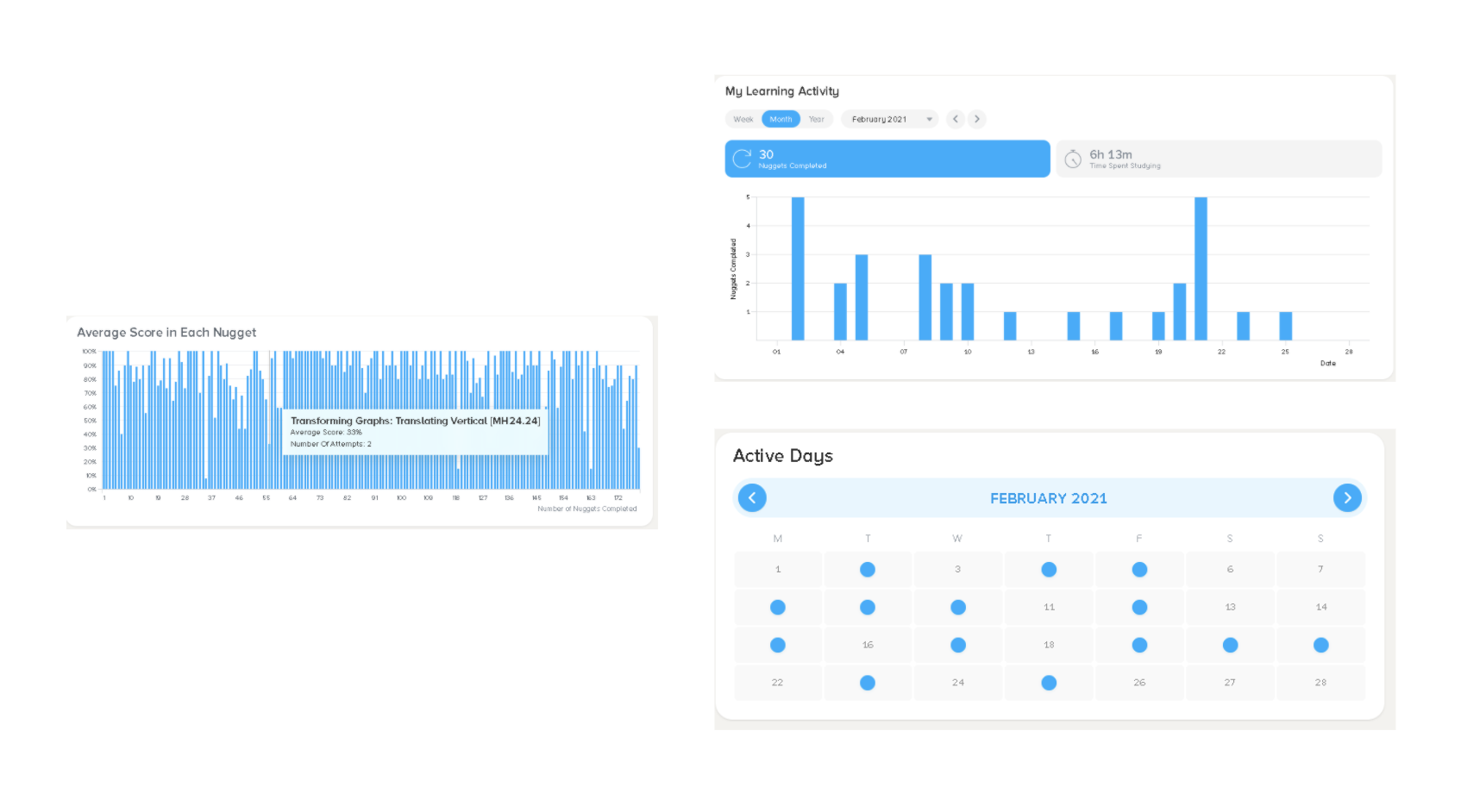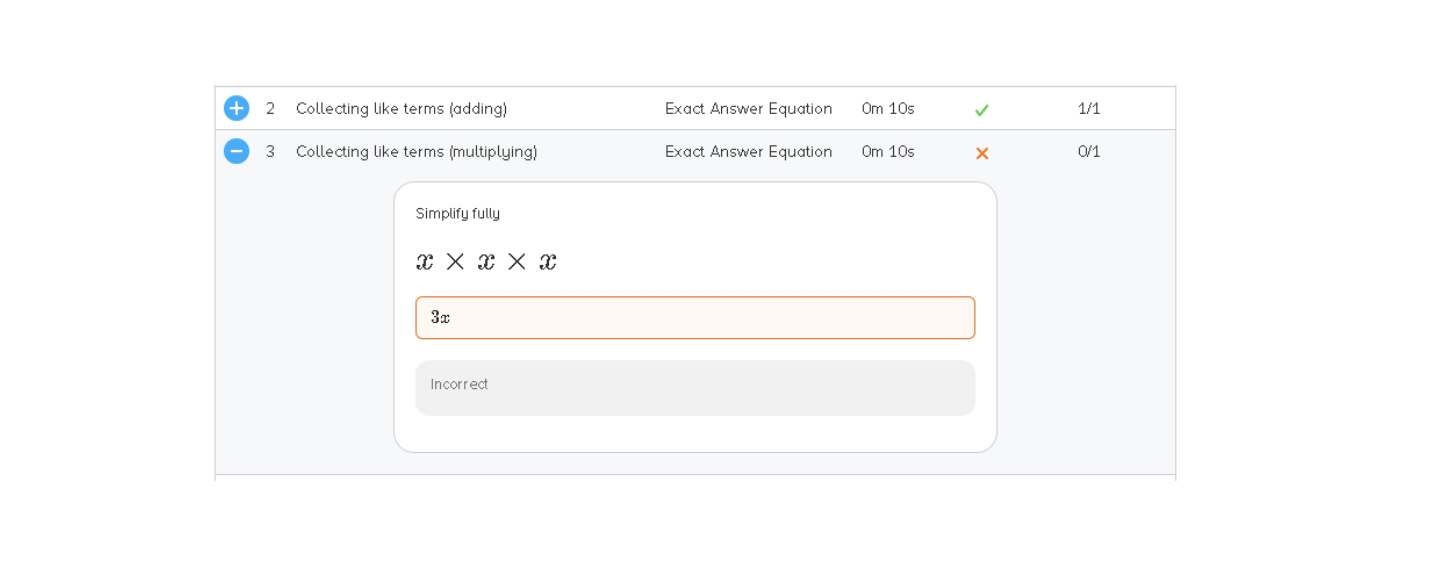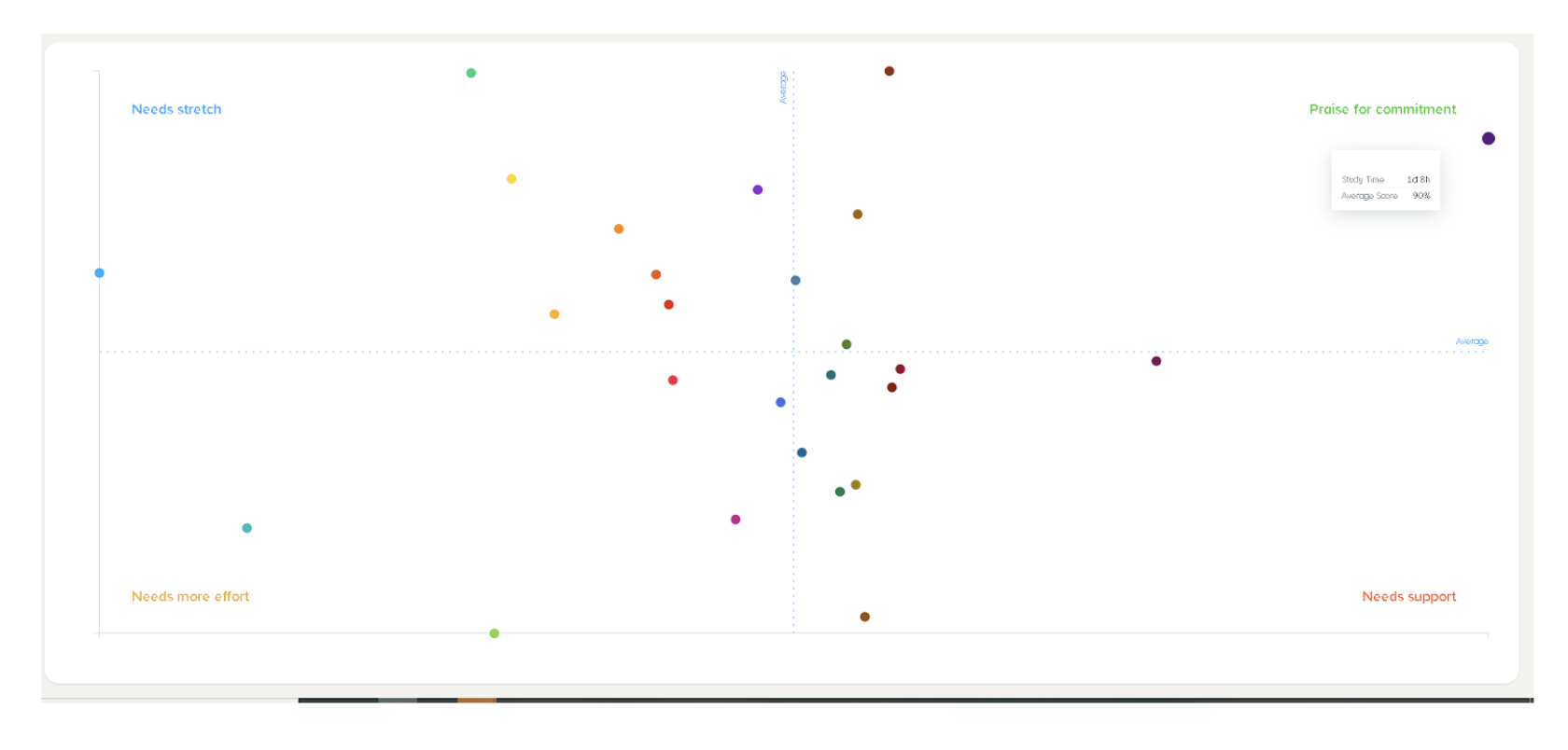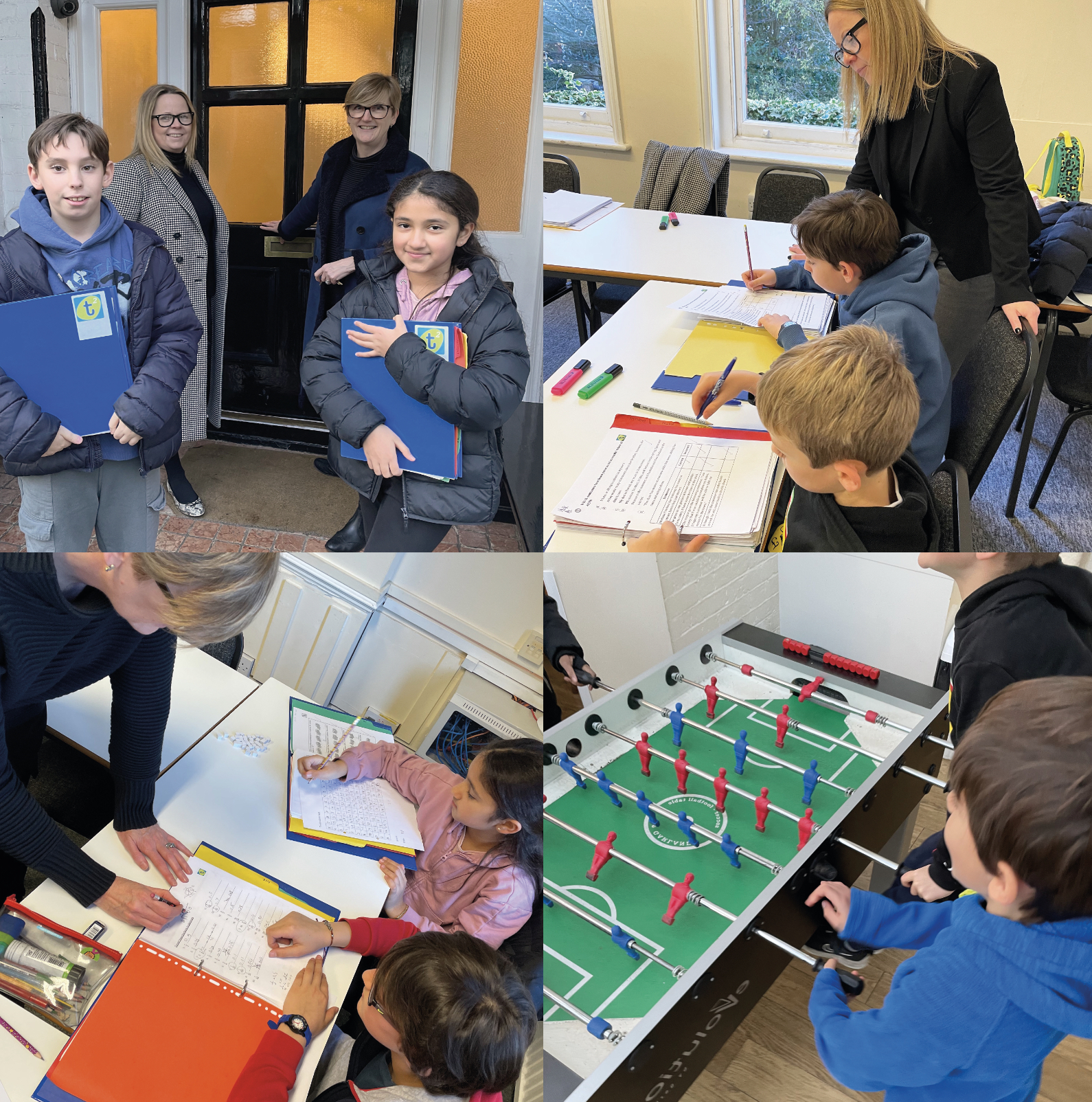Estimated reading time: 10 minutes
We often share how teachers use CENTURY in their classrooms in general terms, be it to differentiate learning, set homework or identify gaps in knowledge. However, we recently had the chance to hear a much deeper dive into how one teacher has been using CENTURY to support his learners. In this blog post, mathematics teacher Shabih Bashir takes us behind the curtain of his classroom, sharing how he has been using CENTURY to support specific students in six different situations.
Names have been changed to protect students’ identities.
Use: to help a student who wants to take more ownership.
My doctor isn't someone who minces her words, and the last time she took a look at me, she advised that I buy a fitness tracker to take ownership of my health and to track my exercise.
The detailed information that CENTURY provides us works in a similar way. Below are a few of the pieces of information that belong to one of my student’s called Lena, who - judging by that graph in the bottom left hand corner - takes her maths homework pretty seriously.
She told me that her personal target is to move up into a higher set, and I knew that CENTURY could help her do that. I talked her through how she could use the data the platform was collating for her to monitor and track her own progress.
Since then, she's been spending a lot of time on CENTURY in addition to her schoolwork and, in no small part due to her passionate input, she's now a prime candidate for that higher set that she's looking to go into.
The benefits of this are clear. I've been able to have informed conversations with Lena around how and what she's studying and as a result of this, we've been able to personalise her learning. Lena has also achieved a lot more ownership over her learning, and it's safe to say that she's improved on her ability to self regulate too.
Student 2 - Tom
Profile: to identify and rectify a student’s misconceptions.
When I noticed that Tom had answered the question above incorrectly, I had a look at the exact answer he had given so that I could understand what went wrong. My initial reaction to seeing that he had given this answer rather than x3 was to email him right away to begin a discussion on this misconception that I had identified. Particularly as Tom was learning from home at the time, CENTURY allowed me to make this intervention particularly speedily and effectively.
As CENTURY recalls the time spent per question as well, I could also initiate a conversation with him to find out why he spent a disproportionate amount of time on a later question and whether he needs more support with it.
So CENTURY is great to use to identify the misconceptions in home learning tasks, and it allows me to intervene much faster than the traditional method of marking everything myself and then waiting until lesson time.
Student 3 - Zack
Use: to identify students in need of stretching.
I think that the interventions graph is incredibly useful, as it helps me to both decide which strategies to deploy and to have informed conversations with students and parents. I find it helpful that the graph is generated for each individual nugget, as well as for the group's overall performance - I'm sure you can imagine how long it would take a human to create this and to gain access to this level of detailed analysis.
One of my students, called Zack, completed a task from home on CENTURY recently, which then almost automatically identified him as someone who needed stretching. Later in the afternoon, while he was busy watching Netflix, he was pleasantly surprised when I sent him an email directing him to some exam questions. Whilst I'm sure Zack’s parents were very impressed with how hard I was working, checking through those interventions didn't actually take me long at all. It’s all there for me.
Student 4 - Lily
Use: to allow parents to feel involved in their child’s learning.
The tracker function on CENTURY is very helpful for parents. For example, I met with one of my students called Lily and her mother last year, and the mother informed me that Lily was spending a lot of time in a room studying and doing extra revision, but she wasn't sure if the work Lily was doing was effective or not. She also mentioned that she had a very demanding job, and didn't really have the time to oversee Lily's work every single day.
One of my suggestions was for Lily to complete additional revision on CENTURY by following her personalised pathway, and then the mother could view and review her tracker at the end of each week. The mother really liked the idea - it gave her a lot of peace of mind, and it gave her the freedom to allow Lilly to work unsupervised. We then had follow up conversations later on on how Lilly’s work is coming along and I was able to use the data on CENTURY to back those conversations up.
Student 5 - Hannah
Use: to discreetly monitor students’ engagement and progress.
Last year, I worked with a student who had low confidence and low resilience, and I decided that the most beneficial thing I could do for her was to try to build those traits back up, which I did using several strategies.
Given that confidence and resilience can’t be assessed by test scores alone, it is quite challenging to track whether or not they are increasing, especially when tests are taken periodically. Hannah's test scores didn't really show any huge jumps.
However, when we began to use CENTURY, I kept a close eye on her completion rates for all the tests and the nuggets. I noticed that over the long term, there was a significant positive change in them. At no point did I directly discuss my strategy with Hannah, as I feared that would have a negative impact on her, but being able to track what she was doing on CENTURY gave me the confidence to know that the way in which I was discreetly trying to improve her confidence was actually working.
Student 6 - Charlotte
Use: to identify students’ starting points.
I set Charlotte a diagnostic assessment at the start of the topic on handling data in order to determine what she already knew and didn’t know. While she was completing the diagnostic, the AI was working behind the scenes to understand her strengths and areas for improvement. Anytime Charlotte clicked the ‘I don't know’ button, CENTURY worked to populate her pathway with the appropriate nuggets.
As the platform’s AI suggested nuggets for her based on her gaps in knowledge and areas for improvement, I could also assign her the nuggets that I wanted her to complete.
By working together, CENTURY and I were able to ensure that Charlotte’s knowledge wasn't circumscribed by our scheme of work and my teaching alone, and ensured that there were as few gaps in her knowledge as possible.
This combination of schoolwork and personalised learning helped Charlotte to find connections between the different sub topics, which in turn has improved her ability to generalise. Her performance and her progress accelerated as a result.
Book a demo to find out more about how CENTURY can help to enhance the teaching and learning at your school or college.






